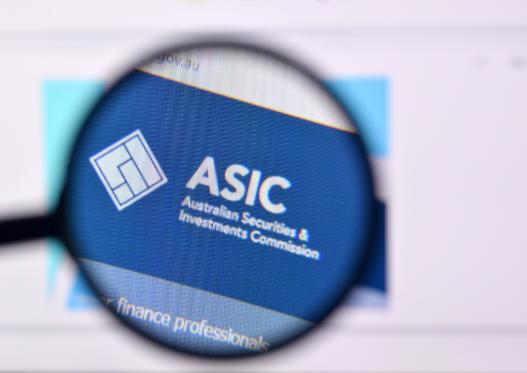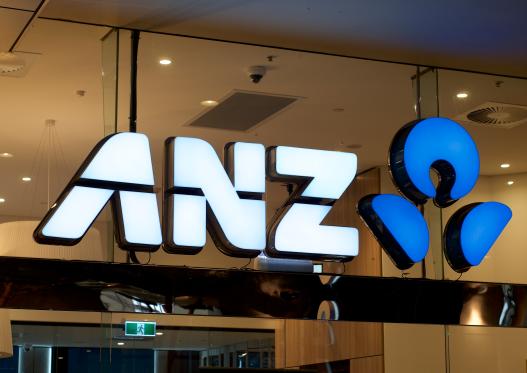Money laundering is a fundamental enabler of virtually all criminal activity, according to AUSTRAC. It also perpetuates serious crime by enabling criminals to reinvest their illicit profits into further crime.
AUSTRAC CEO Brendan Thomas said crimes like money laundering and terrorism financing erode trust in Australia’s financial system and the security of the Australian population,” said.
“Criminals might be persistent, but so are we. That’s why AUSTRAC has worked with the national intelligence community, law enforcement and regulatory agencies, together with industry and international financial intelligence units to build these risk assessments,” Mr Thomas said.
“We have drawn on insights and data from all these groups to capture a comprehensive picture of what is happening across our nation.
“These NRAs will help strengthen Australia’s anti-money laundering and counter terrorism financing (AML/CTF) regime, which is a key component of the national, cooperative approach to countering serious and organised crime. It has been a joint effort that everyone should be proud of,” he said.
The Money Laundering in Australia: National Risk Assessment found that despite new channels emerging, launderers still prefer to conduct their operations via traditional methods using cash, banks, luxury goods, real estate and casinos.
“We know, through the good work of our colleagues in the Australian Criminal Intelligence Commission, that the value of the domestic Australian drug market is worth at least $12.4 billion dollars per year,” said Mr Thomas.
“This money then needs to be laundered through the Australian economy, every single year.
“And that’s only one type of crime driven by Australian organised crime groups. The exploitation of digital currencies is increasing. This helps criminals move funds quickly, cheaply and with what they perceive as a degree of anonymity,” he added.
The second NRA Terrorism Financing in Australia: National Risk Assessment, found that retail banking, remittance and exchanging cash remain the preferred avenues to move funds. Most of these illicit funds go to overseas terrorist organisations and affiliated groups. Social media and crowdfunding platforms have also become integral to fundraising terrorist activities.
The risk assessments will help businesses understand the methods that criminals use to launder proceeds of crime or fund extremist violence.
FINSIA head of education Emma Hancock said these assessments highlights the ongoing need to be aware of the types of money laundering that impacts the financial services industry.
“It’s interesting to note that since the last Terrorism financing regional risk assessment conducted in 2016, the laundering process largely follows the same established methods for raising and moving these funds,” Ms Hancock said.
Mr Thomas also encouraged businesses to read the new assessments, understand how they might be exposed and ensure they have the necessary anti-money laundering and counter-terrorism financing (AML/CTF) measures in place.
The money laundering risk assessment identifies sectors that are highly vulnerable to criminal exploitation but not covered by the current AML/CTF framework.
“We know there are particular sectors that pose money laundering and terrorism financing risks and are consistently exploited – knowingly and unknowingly – by transnational, serious and organised crime groups to disguise and launder criminal wealth,” he said.
The Australian Government has proposed reforms to simplify Australia’s AML/CTF framework and extend it to higher risk services, including professional services provided by lawyers, accountants and real estate agents.
These new national risk assessments supplement AUSTRAC’s existing suite of resources and guidance designed to support regulated businesses to understand, identify and manage the particular money laundering and terrorism financing risks they face, and meet their AML/CTF obligations.
This comes as the government released new legislation which will require banks and financial services businesses to have until September this year to get ready for new laws that require businesses to demonstrate they have proper processes in place to stop their staff and contractors from engaging in bribery overseas.
Strengthen your knowledge on money laundering
For financial service professionals, it will be important to continue to build their knowledge in critical areas across risk and compliance.
“With so many of our members working in the financial services industry, it’s important for us to provide the resources to enable them to continue to build their knowledge in critical areas,” Ms Hancock said.
“We have an Anti-Money Laundering Essentials microlearning course, which details the obligations of the AML/CTF legislation and reporting obligations relating to AML CTF within the banking industry.
“Additionally, for those wanting to learn more about risk culture and risk management frameworks in banking, we have two courses available that help to provide some additional context regarding why the new, Terrorism Financing Australia National Risk Assessment is so critical.
Members can access the Anti-Money Laundering Essentials microlearning course, which details the obligations of the AML/CTF legislation and reporting obligations relating to AML CTF within the banking industry.
Additionally, for risk culture and risk management frameworks in banking, two courses are available that help to provide best practice risk management to build and embed a sound risk culture across the firm.
Anti-Money Laundering Essentials | CPD: 1 hours
Develop your understanding of anti-money laundering (AML) and counter terrorism financing (CTF) to help you meet regulatory obligations and prevent the negative impact of money laundering and terrorism financing on society.
The Importance of Risk Culture in Banking | CPD: 0.75 hours
This microlearning course examines what is meant by risk culture and why it matters in bank risk management. The course also focuses on how ethical behaviour complements regulatory and legal requirements to embed a sound risk culture.
Why Banks have Risk Management Frameworks | CPD: 1 hours
This microlearning course provides an overview of the requirement to develop and maintain a risk management framework and associated processes to effectively manage risk.








